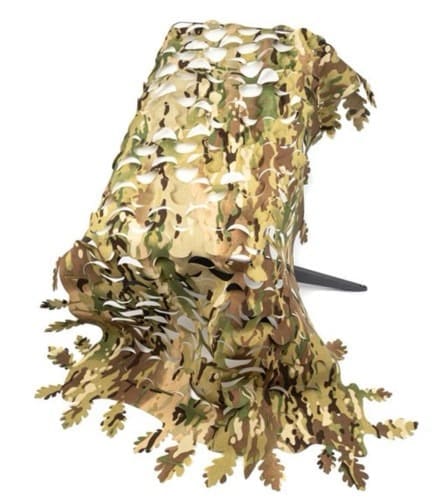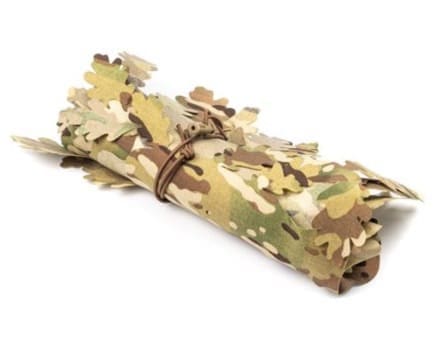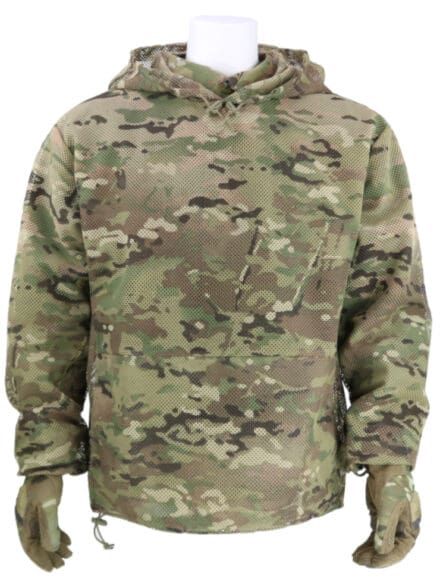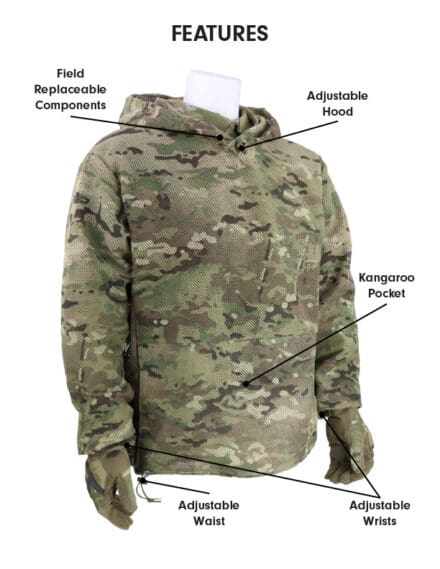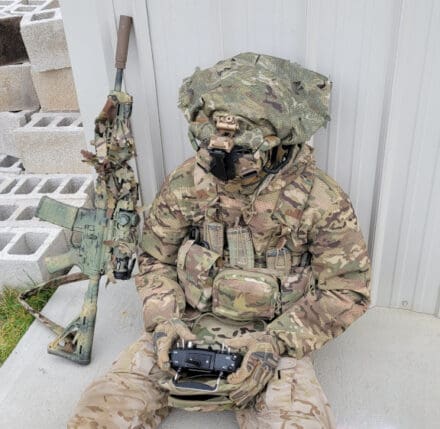The company’s 110/110 assessment score confirms the maturity, rigor, and real-world readiness of its program to meet DoD standards and protect sensitive information.
PORTLAND, Maine, Nov. 6, 2025 — Systems Engineering, a leading Managed Service Provider (MSP) and Registered Practitioner Organization (RPO) serving highly regulated industries, announced today that it has successfully achieved Cybersecurity Maturity Model Certification (CMMC) Level 2 with a perfect score of 110. This milestone confirms its managed services, engineering capabilities, technology platforms, and advisory offerings meet the rigorous cybersecurity requirements established by the U.S. Department of Defense.

“Achieving CMMC certification is significant, but receiving a perfect 110 out of 110 assessment score with no deficiencies highlights the maturity and rigor of our information security program,” said Erik Thomas, Director of Advisory Services at Systems Engineering. “This isn’t theory-it’s operational proof that we walk the walk when it comes to cybersecurity maturity.”
The certification was attained for Systems Engineering’s secure enclave environment, where its own Managed Services were deployed and operated just as they are for its clients’ computing systems. Achieving CMMC Level 2 certification validates our ability to protect sensitive data, including Controlled Unclassified Information (CUI), demonstrates the strength and compliance of Systems Engineering’s Managed Services offerings, enforces a compliant vendor ecosystem, and further enhances the capability of SE’s consulting practice.
What This Means for Clients
Proven Compliance Maturity: Systems Engineering clients can trust that its managed service offerings and engineering solutions stand up to one of the most demanding cybersecurity frameworks in the nation.
Enhanced Advisory Credibility: Unlike firms that only advise, Systems Engineering has gone through the entire CMMC certification process. This hands-on experience equips the team to offer practical, tested guidance to clients preparing for their own assessments.
A Trusted Vendor Ecosystem: The certification reinforces that Systems Engineering’s technology stack and vendor partners are thoroughly vetted and aligned with the CMMC framework.
A Proven Partner for CMMC Readiness and Beyond
As CMMC requirements begin to appear in defense contracts starting in November 2025, Systems Engineering is actively supporting defense contractors and subcontractors through every stage of their compliance journey. Our CMMC Services include CUI network scoping, gap analysis, remediation, program documentation, and long-term compliance program management. These services, when coupled with our managed IT operational services and cybersecurity services, position our clients for successful Assessments and beyond.
“Our clients demand more than checklists. They need end-to-end solutions that are field-tested and future-ready,” added Kent Goodrow, Chief Information Security Officer at Systems Engineering. “This certification gives us even more credibility to guide them forward with confidence.”







